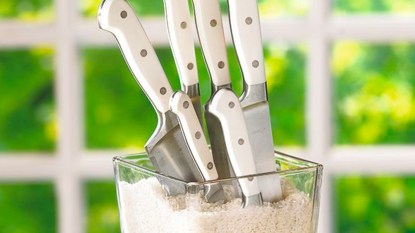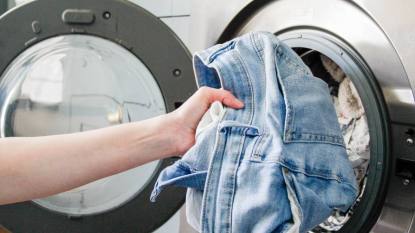How To Fold a Fitted Sheet: Organizing Experts Share The Two Very Best Ways
What's best if your short on time versus short on space
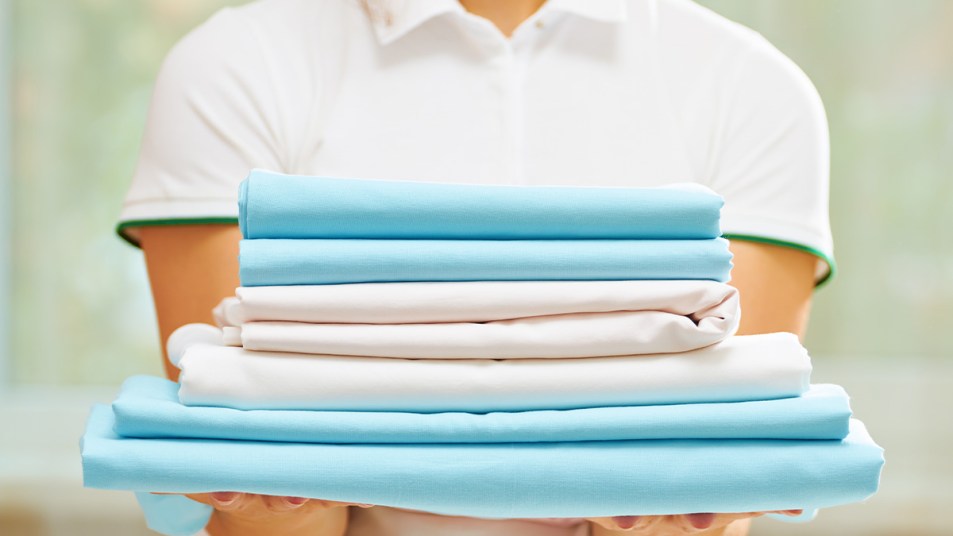
Ahh laundry day. Your clothes get clean and the detergent-fresh scent in your home makes everything feel tidy and renewed. But does anyone really like laundry day? Throwing the clothes in the washer, then moving them to the dryer feels easy enough, but if you’re like us, it’s the folding that gets you. Even worse? Managing to unravel the never-ending enigma of how to fold a fitted sheet without breaking your back or your brain.
The irony? Fitted sheets were undoubtedly invented to make bed-making more efficient. We can thank Bertha Berman for patenting the fitted bed sheet back in 1959. The original patent application even claims the invention “shall be easy and convenient to use in making a bed.” And while there’s still debate on whether or not a top sheet is required (if you suffer from night sweats, a top sheet is non-negotiable), we all agree that a fitted sheet is an essential component in making a bed. What Berman left out of her application? Proper fitted-sheet folding protocol.
What is the best way to fold a fitted sheet?
Lucky for you, we went straight to the experts to find what turned out to be some pretty simple techniques. And there’s more than one genius way to do it.
But first, before you start folding, Jessica Litman, CEO at The Organized Mama, notes that it’s essential to have a clean, flat surface to work on. She recommends using the largest bed in your home as the folding surface.
Once you have your folding surface prepped, decide whether you’re short on time or space. From there, it’s best to outline expectations.
Short on space? Try the log roll method
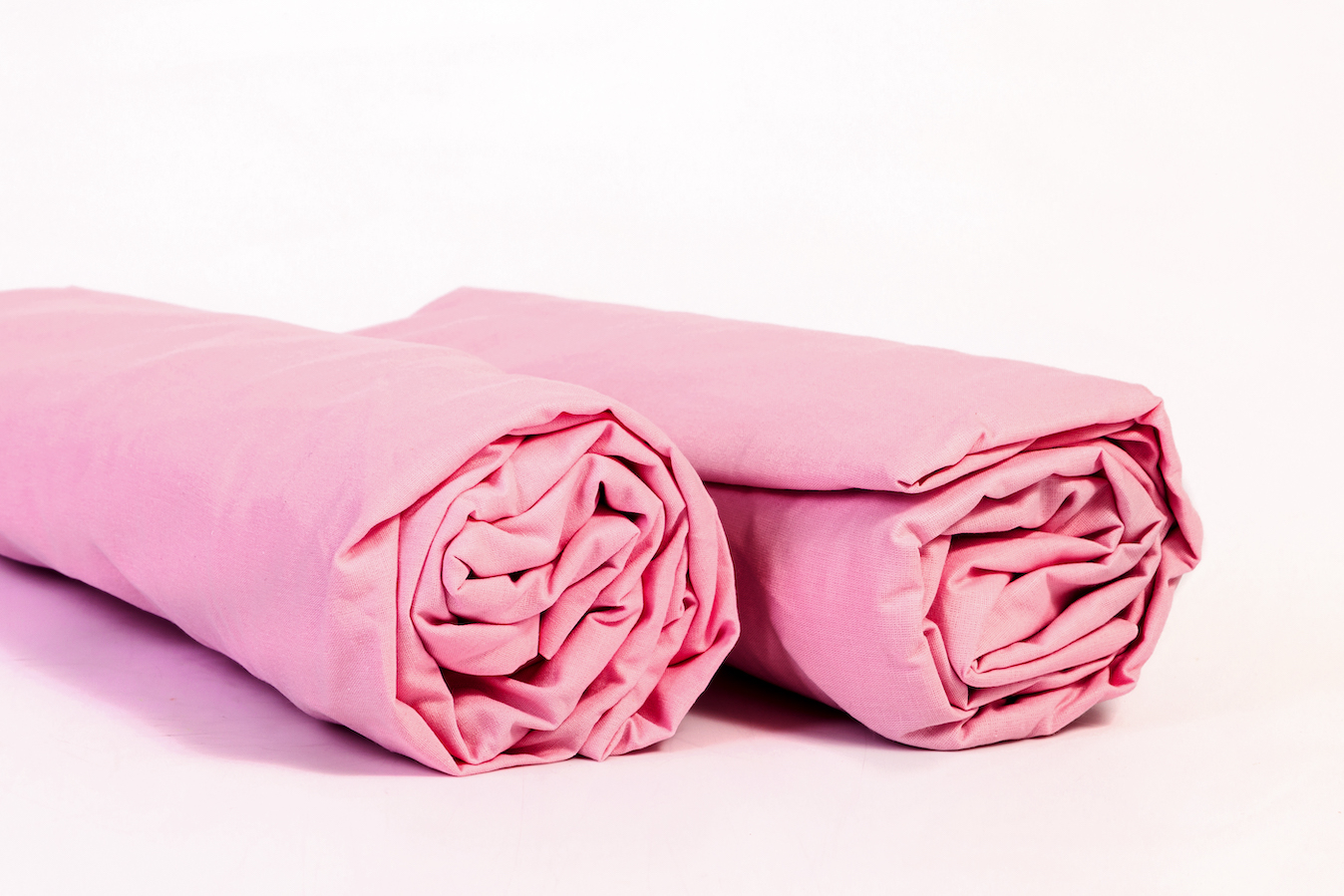
You can absolutely take the time to make perfectly crisp edges while folding a fitted sheet, but if you simply need to get your laundry done and folded, the most efficient way to fold a fitted sheet is the log roll method.
Plus, if you’re tight on space, rolling your fitted sheet is an easy alternative to traditional folding. Here’s how to master it:
Step 1: Fold it into a rectangle. Starting with the outside corners of your fitted sheet, match up the corners of the shortest side of your sheet and create a fold on the longest side of the sheet, tucking the bulky part of the sheet inside. Then, match the short sides of the sheet and fold in half again. Press gently to remove as much air as possible.
Step 2: Fold in thirds. Once you have a flat rectangle, fold the small end into thirds creating a long, skinny rectangle shape.
Step 3: Roll it. Starting at one of the small ends, tightly roll the fitted sheet using the same technique you would to make a log roll cake. Go slowly and continue to tighten the roll. Once you have about one foot remaining, hold the roll with one hand and use the other to tuck in the edge of the fabric making a nice clean edge. Continue rolling until all the fabric is tightly wound.
Step 3: Store it. Stack the log rolled sheets on top of one another (much like you might find towels in a fancy hotel) or place them in a bin for easy access.
Andrea Jean, the founder of Andrea Jean Cleaning, shows a version of this method on her Youtube channel here (fast-forward to 6:17):
Short on time? Try the salsa skirt method
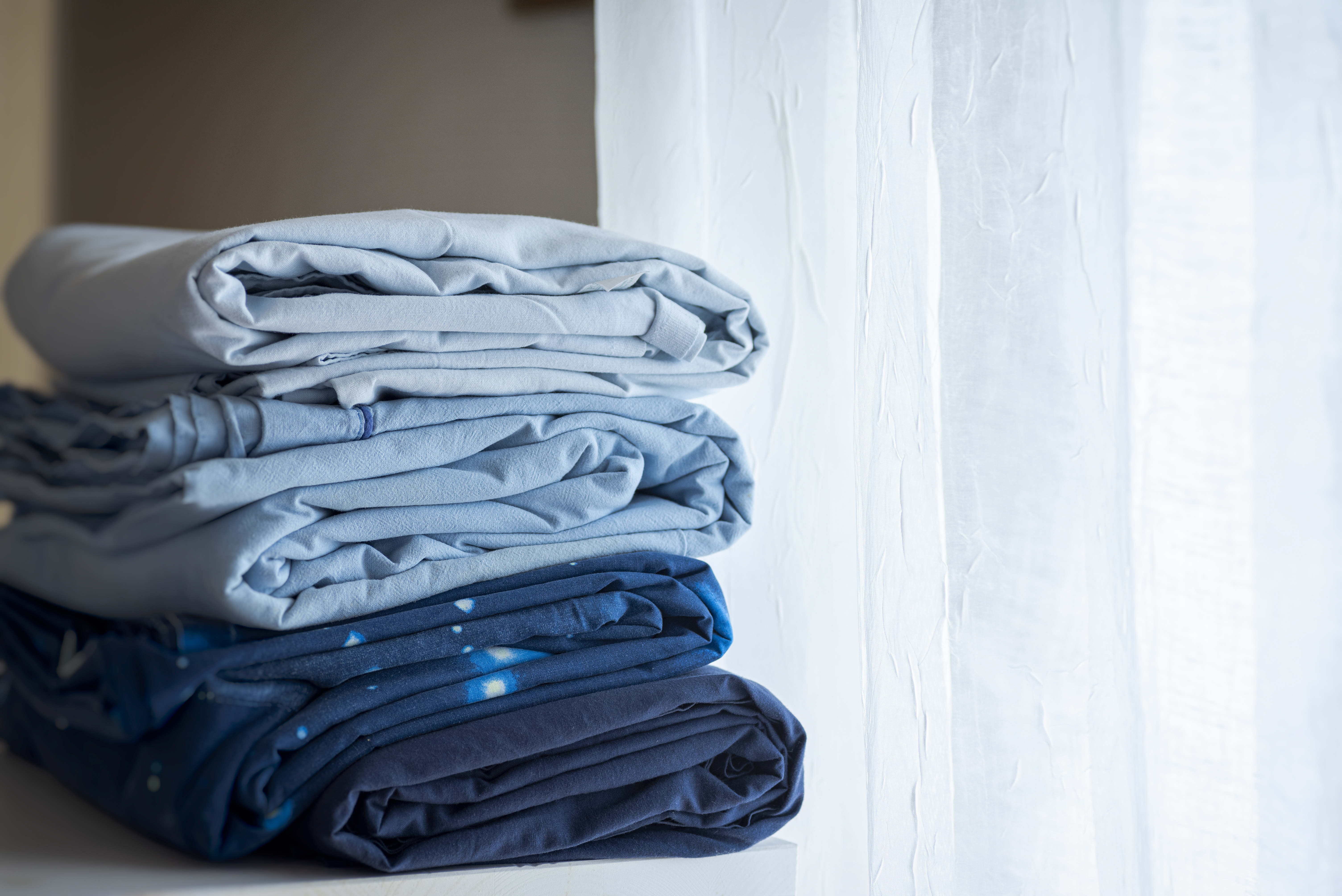
If storage space isn’t an issue and you simply need a quick method to get your fitted sheet folded the founder of O.C.D. Experience, Justin Klosky, swears by this 30-second method of folding fitted sheets:
Step 1: Make a hammock. Holding the elastic band seam with both hands, stretch out the sheet so the fabric falls the middle, like hammock. Set it down on the bed then take one end and fold it to the middle, then grab the other end and fold it over the first fold. As Klosky says in the video, it should now resemble a salsa skirt.
Step 2: Fold in thirds. Take the “skirt” and fold in two so it looks like a rectangle, flip it over and fold it twice again.
Fold them warm from the dryer
The best time to fold fitted sheets is as soon as they come out of the dryer, Litman says. “Then you’re not fighting with any additional wrinkles.” To take it a step further, Curly recommends creating an efficient workflow when you’re doing laundry and folding sheets. “When the linens are dry, I neatly fold them and then put them away rather than wait for the rest of the clothes to be done,” she says. “My goal is to only handle items once for efficiency’s sake.”
What’s the best way to store fitted sheets?
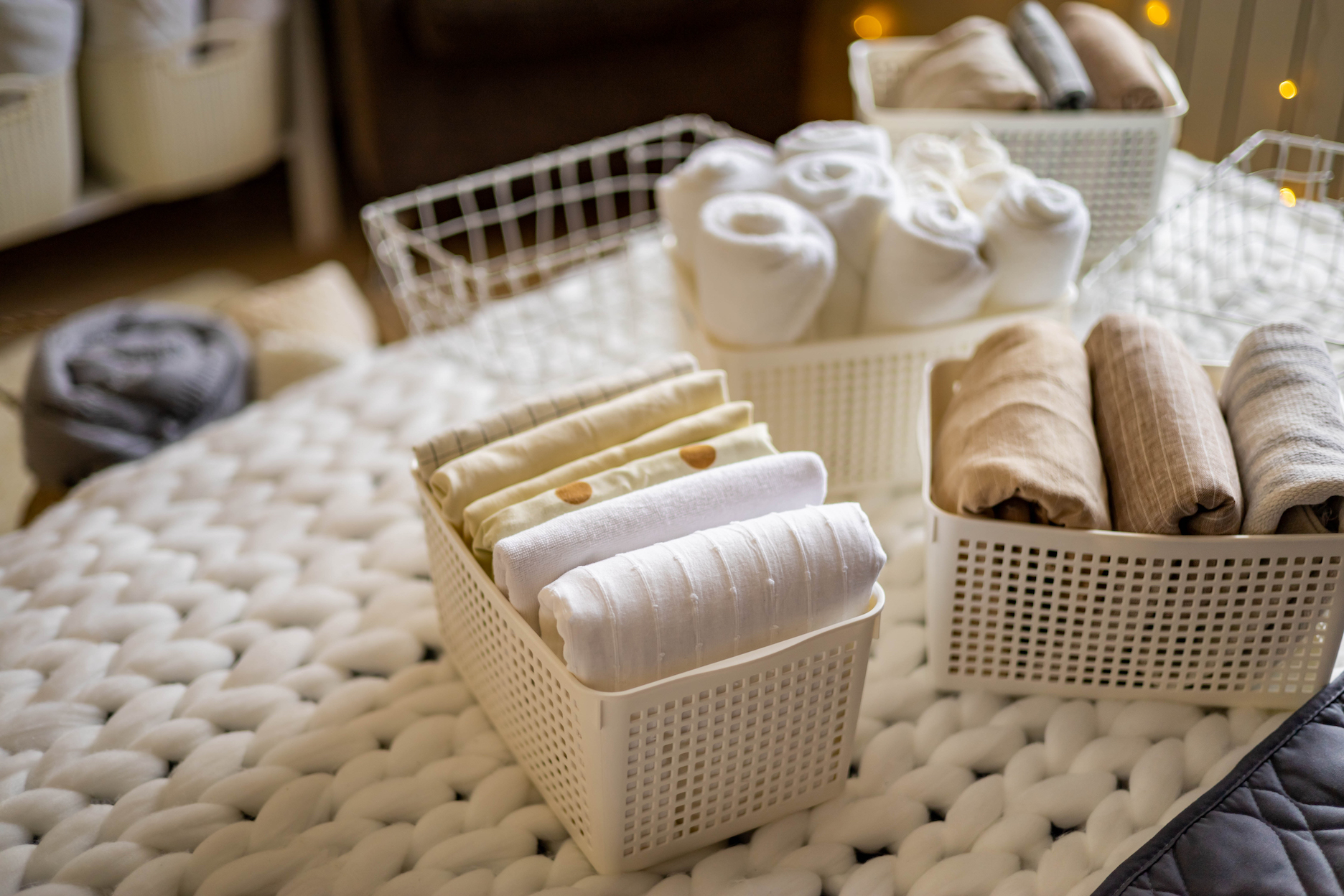
“I store fitted sheets and top sheets all together in a bin, but I store them so the items are in the order I use them: pillow cases, then top sheet, then fitted sheet.,” Litman says. “Since I put the fitted sheet on first when I’m making a bed, that’s always on top of the stack. Once I’ve got that part of the bed made, I put on the top sheet, and finally the pillow cases.”
If you prefer to store your sheet sets together, foldable cube sheet set organizers (Buy from Amazon, $39.99) or bed sheet bands (Buy from Amazon, $9.99) keep them tidy and easy to access.
But if you’re looking for an even more affordable option, organizing success coach Sherri Curly from The Practical Sort recommends storing sheet sets in plastic bags that originally contained new bedding. If you’re tight on space, skip the plastic bag altogether and fold the sheet set and tuck into a pillowcase.
Related: How to Put on a Duvet Cover the Easy Way: Swiss Roll Trick Makes It Fast + Stress-Free
For more tips on keeping linens fresh:
Do Your Towels Smell Bad Even After Being Washed? Here’s What You’re Doing Wrong
Soap Slivers Freshen Your Linens — Plus 9 More Ways To Use Up Your Thin, Leftover Sud Slices






